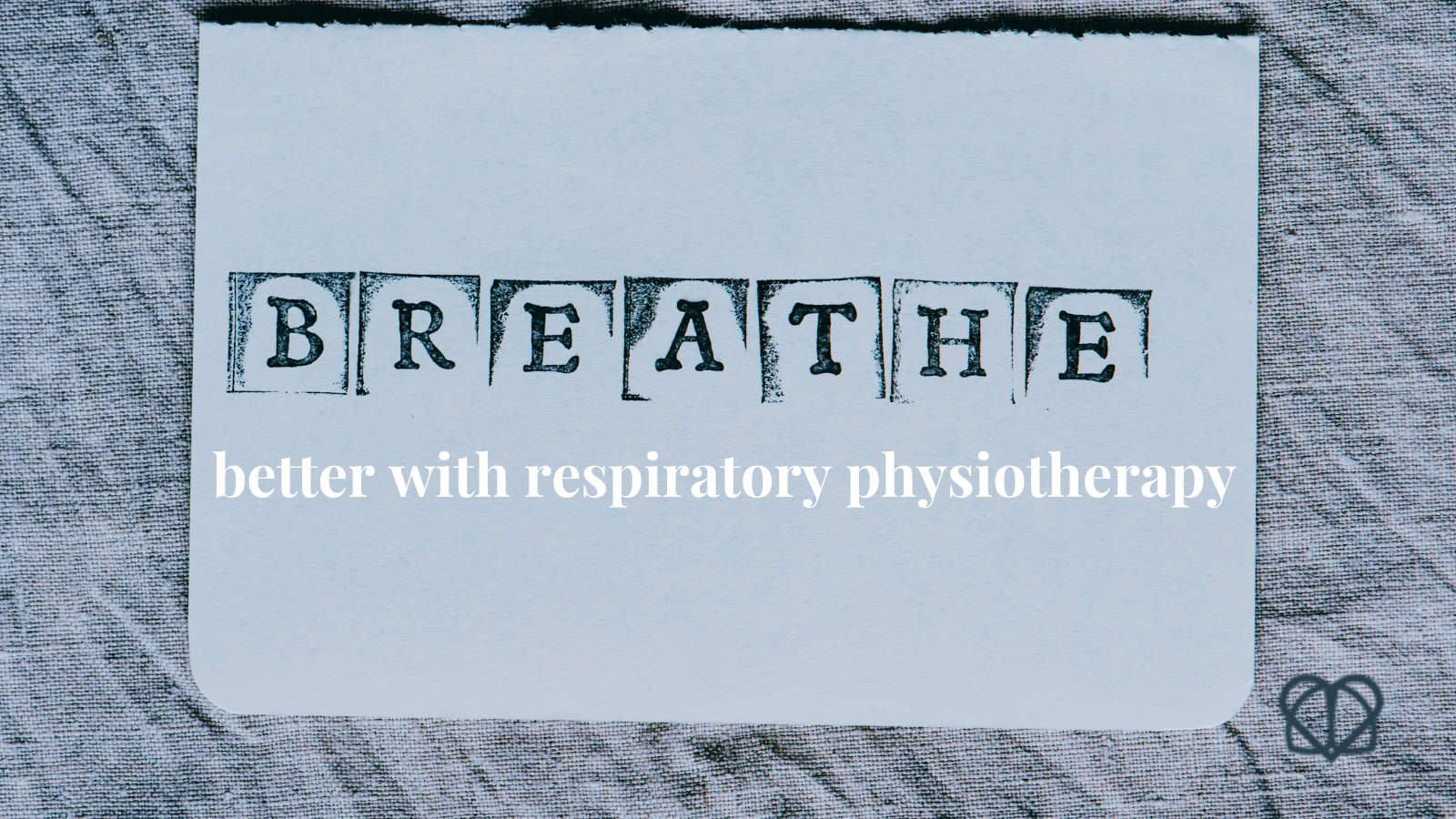If you’ve noticed an increased level of discomfort when you breathe or you feel short of breath when you’re at rest, walking or doing everyday tasks that you used to manage more easily, this may be a sign you need to reassess your breathing. Respiratory physiotherapy helps restore a natural, efficient breathing pattern by focusing on techniques that target the muscles and rhythms of your breathing, identifying areas for improvement in your respiratory function with exercises to build strength and control in your breathing.
The ABCs of breathing pattern re-training
Here’s how we can help you get back on track with your breathing pattern:
A is for analyse
Analysing your breathing pattern is the first step. If you’ve been feeling out of breath with minor activities or experiencing shallow, uneven breaths without exertion, here’s how to check your breathing pattern yourself at home:
- Lie on your back with a pillow supporting your head
- Place one hand on your chest and the other on your lower ribs
- As you breathe normally, observe which hand moves more. If the hand on your chest moves significantly, it could indicate shallow breathing in the upper chest rather than low down, effective breaths using your diaphragm
By analysing your breathing pattern in this way you can check whether you’re using your diaphragm effectively or relying too much on upper chest breathing.
B is for better breathing
Optimal breathing involves breathing through the nose. It also involves slow, controlled breaths that engage your diaphragm. Respiratory physiotherapists at Air Physiotherapy will teach you exercises to promote what’s known as “diaphragmatic breathing.” They not only look at the location of your breath, they also look at the speed, and ratio of each breath, including any physical or psychological components that might be throwing your breathing off course.
Try practising “breathing control,” a technique that focuses on gentle breathing using your lower chest. This helps you find a natural rhythm that maximises your oxygen intake without over-breathing.
Here’s how to practice breathing control at home:
- Lie on your back with a pillow under your head, supporting yourself comfortably.
- Place one hand on your upper chest and the other on your lower ribs or abdomen.
- Breathe in slowly through your nose, aiming to make only the hand on your lower ribs move outward while keeping your chest still.
- Exhale gently through your nose or mouth, maintaining a steady, calm rhythm.
Practicing this exercise for about 10 minutes, twice daily, can improve your diaphragm control, making it easier to breathe more comfortably throughout the day.
C is for combatting hyperventilation
If you’re not breathing optimally you may experience episodes of hyperventilation—a feeling of over-breathing that can bring on panic or anxiety. Hyperventilation is often a temporary response to stress, but if it becomes a habit it can disrupt your breathing mechanics and your blood chemistry over time.
Respiratory physiotherapy helps reduce the tendency to hyperventilate by retraining your body and your brain to breathe in a way that meets its needs without clearing excess carbon dioxide. Your respiratory physiotherapist will work with you to:
- Recognise the early signs of hyperventilation
- Optimise your resting breathing pattern
- Practice techniques like paced breathing and mindfulness to lower anxiety and slow your breathing rate
- Build new habits that make healthy breathing patterns feel natural and effortless
Take the first step toward better breathing
With expert guidance from Air Physiotherapy, you can breathe easier and improve your respiratory function.
To book an appointment at Air Physiotherapy click here or call 0207 971 1464.
For more personalised advice, reach out to Air Physiotherapy—your lungs will thank you.





